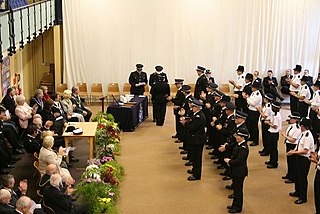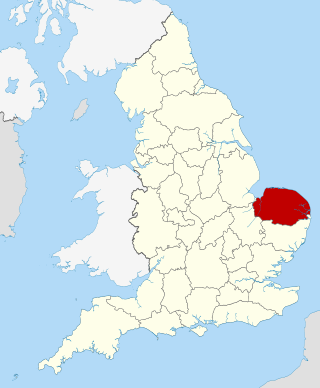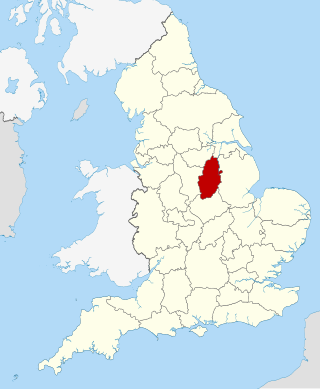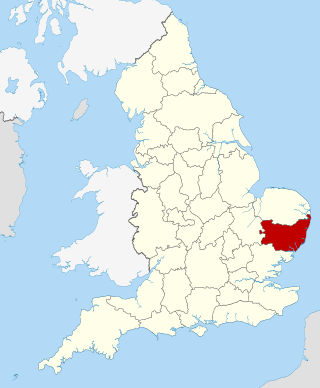| Anglesey Constabulary | |
|---|---|
| Agency overview | |
| Formed | 1856 |
| Dissolved | 1 October 1950 |
| Jurisdictional structure | |
| Operations jurisdiction | Anglesey, Wales, United Kingdom |
| General nature | |
Anglesey Constabulary was the Home Office police force for the county of Anglesey, Wales from 1856 until 1950.
The Constabulary was formed in 1856, under the County and Borough Police Act 1856, to replace the existing parish constables responsible for enforcing the law in local areas. The Chief Constable's Office was located in Llangefni. [1]
Under the Police Act 1946, it amalgamated with Caernarvonshire Constabulary and Merionethshire Constabulary to form the Gwynedd Constabulary in 1950, which was renamed North Wales Police in 1974. [2] The Constabulary's archives are held at Anglesey Archives. [3]

Caernarfonshire, sometimes spelled Caernarvonshire or Carnarvonshire, was one of the thirteen historic counties of Wales, in the north-west of Wales.

Cheshire Constabulary is the territorial police force responsible for policing the ceremonial county of Cheshire in North West England, comprising the unitary authorities of Cheshire East, Cheshire West and Chester, Borough of Halton and Borough of Warrington. The force is responsible for policing an area of 946 square miles (2,450 km2) with a population of approximately 1 million people.

The Special Constabulary is the part-time volunteer section of statutory police forces in the United Kingdom and some Crown dependencies. Its officers are known as special constables.

Cambridgeshire Constabulary is the local territorial police force that covers the county of Cambridgeshire and Peterborough unitary authority. It provides law enforcement and security for an area of 1,311 square miles (3,400 km2) and population of 856,000 people, in a predominantly rural county. The force of Cambridgeshire includes the cities of Cambridge, Ely and Peterborough, the market towns of Chatteris, Huntingdon, March, Ramsey, St Ives, St Neots, Whittlesey, and town and Port of Wisbech. Its emblem is a crowned Brunswick star containing the heraldic badge of Cambridgeshire County Council.

Norfolk Constabulary is the territorial police force responsible for policing Norfolk in East Anglia, England. The force serves a population of 908,000 in a mostly rural area of 2,079 square miles (5,380 km2), including 90 miles (140 km) of coastline and 16 rivers, including the Broads National Park. Headquartered in Wymondham, Norfolk is responsible for the City of Norwich, along with King's Lynn, Great Yarmouth and Thetford. As of March 2023, the force has a strength of 1,897 police officers, 163 special constables, 1,318 police staff/designated officers, and 103 police support volunteers. The Chief Constable is Paul Sanford, and the Police and Crime Commissioner (PCC) is Sarah Taylor (Labour).

Durham Constabulary is the territorial police force responsible for policing the council areas of County Durham and Darlington in North East England. It does not cover all of the ceremonial or historic area of Durham, parts of which are covered by the neighbouring forces of Cleveland Police and Northumbria Police. The other neighbouring forces are Cumbria Constabulary to the west and North Yorkshire Police to the south.

His Majesty's Inspectorate of Constabulary and Fire & Rescue Services (HMICFRS), formerly Her Majesty's Inspectorate of Constabulary (HMIC), has statutory responsibility for the inspection of the police forces of England and Wales, and since July 2017 the fire and rescue services of England. HMICFRS is headed by the Chief Inspector of Constabulary and Chief Inspector of Fire & Rescue Services. It has taken over the responsibilities of His Majesty's Fire Service Inspectorate.

North Wales Police is the territorial police force responsible for policing North Wales. Its headquarters are in Colwyn Bay. As of March 2020, the force has 1,510 police officers, 170 special constables, 182 police community support officers (PCSO), 71 police support volunteers (PSV), and 984 staff.

Nottinghamshire Police is the territorial police force responsible for policing the shire county of Nottinghamshire and the unitary authority of Nottingham in the East Midlands area of England. The area has a population of just over 1 million.

Suffolk Constabulary is the territorial police force responsible for policing Suffolk in East Anglia, England. The force serves a population of 761,000 in a mostly rural area of 1,466 square miles, including 49 miles of coastline and the Southern part of the Broads National Park. Headquartered in Martlesham, Suffolk is responsible for Ipswich, Lowestoft, Bury St Edmunds and Felixstowe. As of March 2023, the force has a strength of approximately 1,399 police officers, 116 special constables, 917 police staff/designated officers, 33 PCSO's and 123 police support volunteers. The Chief Constable is currently Rachel Kearton, and the Police and Crime Commissioner Tim Passmore (Conservative).

Lincolnshire Police is the territorial police force covering the non-metropolitan county of Lincolnshire in the East Midlands of England. Despite the name, the force's area does not include North East Lincolnshire and North Lincolnshire, which are covered by Humberside Police instead.

The West Yorkshire Constabulary (WYC) was, from 1968 to 1974, the statutory police force for the West Riding of Yorkshire, in northern England.

The County Police Act 1839 was an Act of the Parliament of the United Kingdom. It was one of the Police Acts 1839 to 1893. The Act enabled Justices of the Peace in England and Wales to establish police forces in their counties. The Act was not compulsory, and constabularies were only established in 25 out of 55 counties by 1856, when the County and Borough Police Act 1856 made their provision mandatory.

The Police Act 1946 was an Act of Parliament of the Parliament of the United Kingdom that provided for the amalgamation of smaller borough police forces with county constabularies in England and Wales, allowed for the merger of county forces in certain circumstances, and changed the boundaries of the Metropolitan Police District.
Denbighshire Constabulary was the Home Office police force for the county of Denbighshire, Wales from 1840 until 1967.
Flintshire Constabulary was the Home Office police force for the county of Flintshire, Wales, from 1856 until 1967.

The history of law enforcement in the United Kingdom charts the development of law enforcement in the United Kingdom and its predecessor states. It spans the period from the Middle Ages, through to the development of the first modern police force in the world in the nineteenth century, and the subsequent modernisation of policing in the twentieth and twenty-first centuries.
Caernarvonshire Constabulary was the Home Office police force for the county of Caernarvonshire, Wales from 1856 until 1950.
Merionethshire Constabulary was the Home Office police force for the county of Merionethshire, Wales from 1856 until 1950.